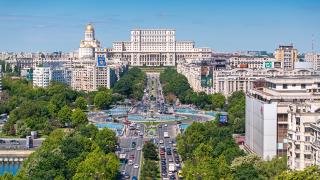ICR looks at how economies have fared across western, central and eastern Europe over 2020-21, and what action Europe’s leading cement producers are taking to not only recover from the pandemic but also prepare for the challenges that still lie ahead as emissions regulations tighten and the need for leaner, greener production ramps up.
By the end of June 2021, there were over 54.5m confirmed cases of COVID-19 across Europe, since the first case was detected in France on 24 January 2020. The opening quarter of 2020 saw a progressive number of European governments implement restrictive measures in a bid to contain the spread of the virus. The impact of these measures on European economies was quickly evident as consumer spending declined, unemployment rates jumped and businesses faced closure. Governments across Europe introduced a raft of stimulus packages to help boost economies and shore up key industry sectors, such as construction.
Western Europe
As the epicentre of Europe’s COVID-19 battle, countries across western Europe saw some of the strictest lockdowns. Prior to the pandemic, Italy’s construction sector was showing signs of improvement, up 2.9 per cent YoY in 2019, following years of downturn after the 2008 crash. Last year saw construction investment in Italy decline by 10.1 per cent with non-residential work and housebuilding contracting by 13.5 and 12.5 per cent YoY, respectively. Although a marked recovery in cement demand was seen in the 3Q20, supported by exports and domestic consumption, things slowed again in the 4Q as infection rates started to rise. Construction investment is expected to expand in 2021, driven by residential and renovation work, as EU funding enables large-scale infrastructure projects to get underway.
